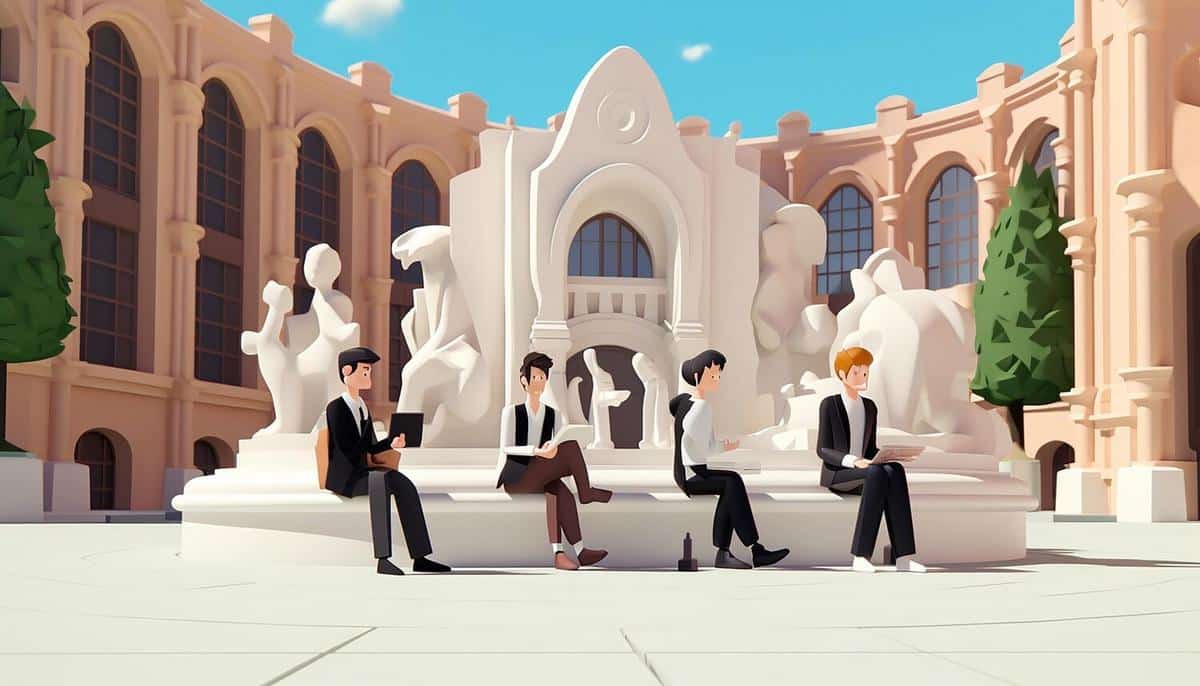
Digitizing History: Preserving Cultural Sites Through Technology
As technology continues to evolve, its role in preserving cultural heritage becomes increasingly significant. The digitization of historical sites is not just a trend but a necessity to safeguard the stories and structures that define our past.
The Intersection of Technology and Cultural Preservation
The marriage of technology and cultural preservation is creating exciting opportunities. By leveraging tools like 3D scanning, virtual reality, and augmented reality, historians and preservationists can capture the essence of cultural sites in unprecedented detail.
Expert Insights on Digitization
Dr. Emma Sutton, a renowned archaeologist, emphasizes the impact of technology: “Digital tools allow us to document sites with incredible accuracy, ensuring that even if the physical structures are lost, their digital counterparts remain.” This sentiment is echoed by many in the field, who see digital preservation as a vital component in maintaining cultural continuity.
Statistics Highlighting the Importance
A recent study by the World Heritage Organization found that over 30% of cultural sites are at risk due to natural disasters and human actions. Digitization provides a safety net, allowing these sites to be preserved digitally for future generations.
Personal Experiences in Digitization
Consider the work done at the ancient ruins of Petra. Teams have used 3D scanning to create detailed models of the site, which serve both educational purposes and as a backup in case of damage. This approach not only preserves the site but also allows people worldwide to explore it virtually.
Actionable Tips for Preservation Enthusiasts
- Utilize open-source software to start small-scale digitization projects.
- Partner with local universities to access resources and expertise.
- Engage with online communities dedicated to digital preservation.
| Technology | Application | Benefits |
|---|---|---|
| 3D Scanning | Site documentation | High accuracy and detail |
| Virtual Reality | Virtual tours | Accessibility and engagement |
| Augmented Reality | Enhanced learning | Interactive experiences |
| GIS Mapping | Site analysis | Spatial data insights |
| Drones | Aerial surveys | Hard-to-reach areas |
| Photography | Visual archives | Detailed imagery |
| Database Systems | Data preservation | Organized storage |
| Cloud Storage | Data backup | Scalability and safety |
Pro Tip: Start with small projects and gradually incorporate more advanced technologies to avoid becoming overwhelmed.
Frequently Asked Questions
How does 3D scanning benefit cultural preservation?
3D scanning provides precise and detailed models of cultural sites, which can be used for restoration and educational purposes.
Can technology replace physical preservation?
While technology cannot replace physical preservation, it complements it by providing a digital backup and enhancing accessibility.
What role do educational institutions play in digitization?
Educational institutions often provide resources and expertise, making them valuable partners in digitization efforts.
Conclusion
Digitizing history is a powerful tool in the arsenal of cultural preservation. By embracing technology, we can ensure that the stories and structures of our past endure for future generations. Whether you’re a professional in the field or an enthusiast, there’s a role for everyone in this digital preservation movement. Start small, think big, and contribute to safeguarding our cultural heritage.


